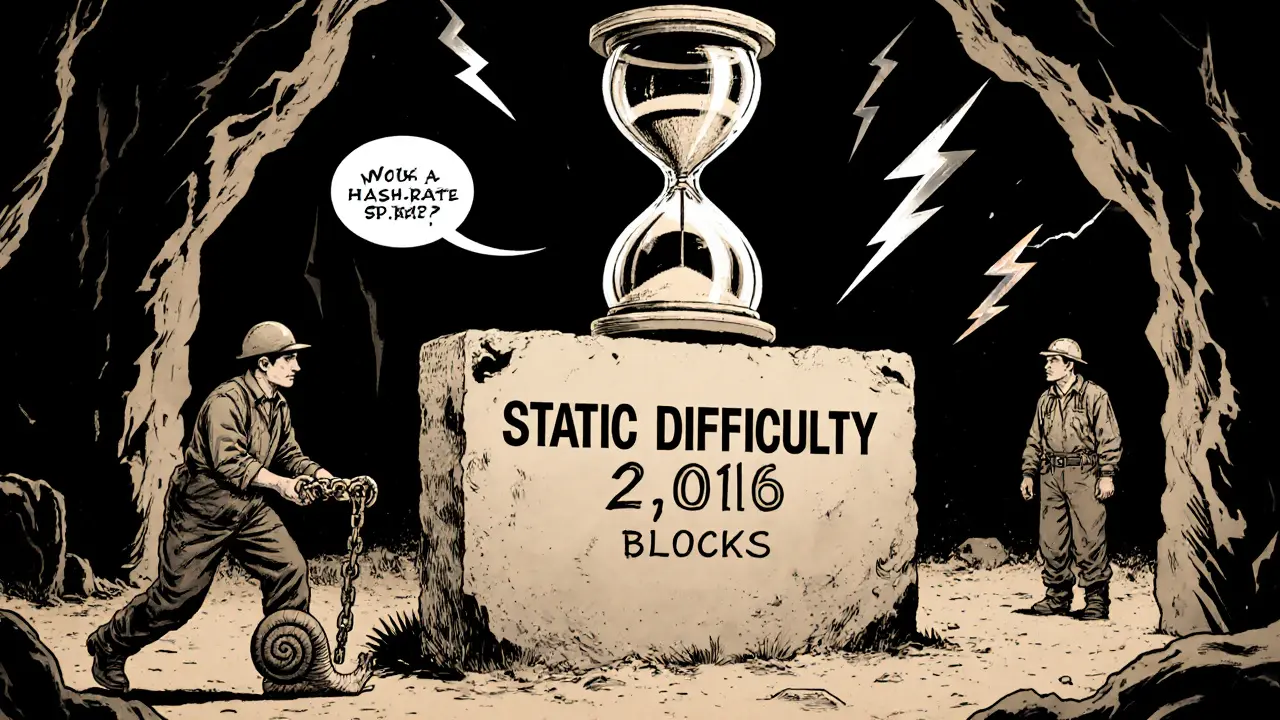Blockchain Consensus: Foundations, Types, and Real‑World Impact
When working with blockchain consensus, the set of rules that nodes follow to agree on the state of a distributed ledger. Also known as distributed consensus, it keeps the network trustworthy without a central gatekeeper. The most common Proof of Work, a mining‑based algorithm where participants solve cryptographic puzzles to add blocks relies on energy‑intensive computation, while Proof of Stake, a staking‑based system where validators lock up tokens to earn the right to propose new blocks swaps raw power for economic incentives. Both methods aim to achieve agreement, but they differ in security assumptions and hardware requirements. Adding another layer, Byzantine Fault Tolerance, a property that lets a network reach consensus even when some nodes act maliciously or fail underpins many modern hybrid designs, ensuring the system can survive a fraction of bad actors. Together these concepts form the backbone of any blockchain that wants to stay secure, scalable, and decentralized.
Why Consensus Matters for Developers and Users
Understanding consensus is not just academic; it drives real decisions about which chain to build on or invest in. For developers, the choice between proof‑of‑work and proof‑of‑stake determines the programming model for smart contracts, the cost of transaction fees, and the speed of finality. A network using a high‑throughput BFT algorithm can confirm transactions in seconds, which is crucial for DeFi apps that need rapid price updates. For users, consensus affects wallet safety, staking rewards, and even regulatory exposure—proof‑of‑stake chains often have clearer governance structures, while proof‑of‑work chains may face energy‑related scrutiny. The interplay between consensus mechanisms and other blockchain layers, such as sharding or rollups, creates a rich ecosystem where trade‑offs must be balanced. As new projects experiment with hybrid models—combining PoW’s security with PoS’s efficiency—the importance of grasping these fundamentals grows.
Below you’ll find a curated set of articles that dig deeper into each consensus style, explore cutting‑edge upgrades, and show how real‑world projects apply these ideas. From modular blockchains that separate data availability from execution to practical guides on protecting validators from slashing, the collection gives you actionable insights and concrete examples. Whether you’re a developer sketching out a new protocol or a trader trying to gauge network risk, the posts ahead will help you see how consensus shapes the future of blockchain technology.






